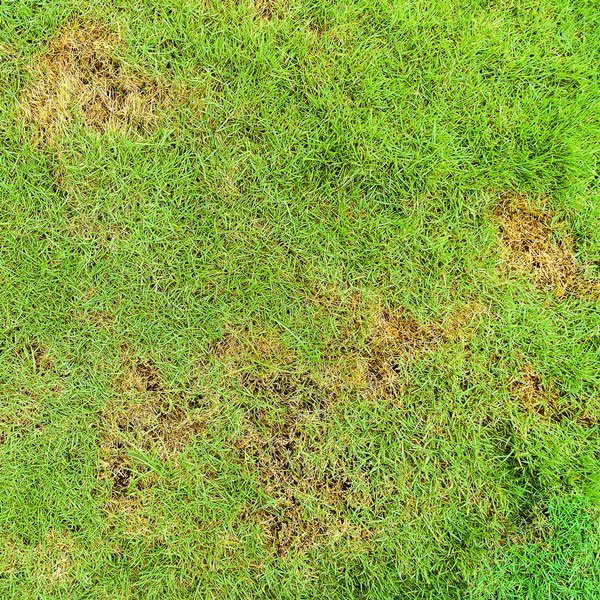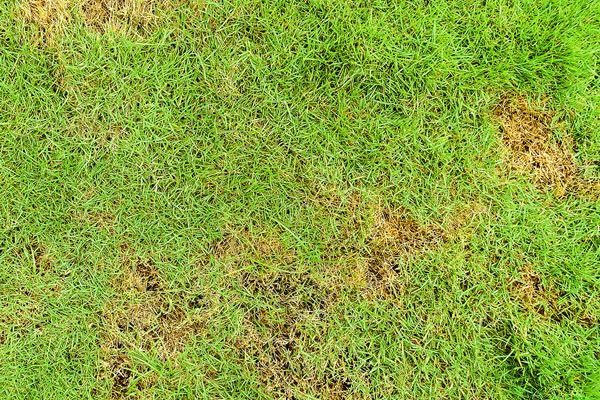
Understanding the signs of grub worm damage isn’t just a matter of aesthetics; it’s crucial for maintaining a healthy garden or lawn. If you catch the problem early, you can take steps to address it before it becomes a bigger issue. Let’s dive into the world of these sneaky little pests and figure out how to spot them before they do too much harm.
What Are Grub Worms?
Before we jump into the damage they cause, let’s get familiar with what grub worms actually are. Grubs are the larval stage of various beetles, including Japanese beetles and June bugs. They typically have a C-shaped body and vary in color from white to light brown. You might find them lying just below the surface of your soil, like really quiet houseguests who’ve made themselves at home.
Grub worms thrive in warm, moist soil. They love to feast on the roots of grass and other plants, which might sound harmless, but it can lead to significant problems. Since these pests tend to be more active in spring and fall, being vigilant during these seasons is key. If you notice sudden brown patches in your lawn or wilting plants, it might be time to investigate—grubs could be the reason behind it.
Signs of Grub Worm Damage
Now, let’s discuss the telltale signs of grub worm damage in your lawn and garden. Identifying these signs early can save you a lot of grief down the line.
- Brown Patches: One of the first signs you’ll likely notice is uneven brown patches in your lawn. These patches often appear suddenly, and if you try to pull on the grass, it may come up easily, indicating that the roots are damaged.
- Soft or Spongy Soil: When you walk on areas affected by grub damage, the soil may feel spongy. This is because the grubs are eating the roots, which weakens the plant’s anchoring system.
- Increased Animal Activity: If birds, raccoons, or even pets start digging around in your yard, it’s likely they’re after those tasty grubs. Their digging can further damage your lawn.
Understanding these signs means you’re one step closer to protecting your garden from the sneaky munchers.
How to Check for Grubs
You might be thinking, “How do I know for sure that it’s grubs causing all this chaos?” Luckily, checking for grubs isn’t too complicated. Here’s how you can do it:
1. **Lift a Patch of Grass**: Choose a square foot of grass that looks particularly bad and gently lift it. If the roots are mostly gone, or if you find small, white, C-shaped grubs, that’s a clear sign.
2. **Look for Soil Changes**: Scrape back the top layer of soil in patches where the grass is struggling. If you see grubs just beneath the surface, you’ve made your diagnosis.
3. **Count the Grubs**: It’s helpful to know how many grubs are present. If you find more than 10 grubs per square foot, it’s time for action.
Doing this quick check can save you lots of headache later and help you decide on your next steps.
Preventive Measures to Protect Your Lawn
Now that you’re familiar with the signs and how to check for grubs, let’s talk prevention. After all, an ounce of prevention is worth a pound of cure, right? Here are some tips to keep grubs away:
- Maintain Healthy Grass: Strong grass can withstand some grub damage. Make sure to fertilize and water your lawn properly and regularly.
- Use Grub-Resistant Grass Varieties: Consider planting grass types that are less appealing to grubs. Some varieties are bred specifically to deter these pests.
- Apply Beneficial Nematodes: These tiny worms feast on the grubs, naturally keeping their population down. You can find nematodes at garden centers.
You might have to put in a little effort now, but it’ll save you a lot of trouble later!
Treating Grub Infestations
If you’ve discovered that grubs have already taken up residence in your lawn, don’t worry. There are effective treatments to help you reclaim your garden. Here’s what you can do:
1. **Chemical Treatments**: There are numerous pesticides designed specifically for grubs. Look for ones that target the larval stage and follow the application instructions carefully.
2. **Natural Remedies**: If you prefer an eco-friendlier approach, consider using nematodes or insecticidal soap. Both methods can help reduce grub populations without harming beneficial insects.
3. **Cultural Practices**: Aerate your lawn to improve soil health and water it less frequently but more deeply. A healthy lawn is better at resisting pests.
Treating an infestation can take time and patience, but don’t get discouraged. Your lawn can bounce back!
When to Seek Professional Help
Sometimes, grubs can be more than just an inconvenience. If you find yourself overwhelmed or if the damage seems extensive, it might be a good idea to bring in a professional. Here are a few indicators that it’s time to call in the experts:
- Extensive Damage: If your lawn has large dead areas that cover a significant percentage of your yard, a professional can evaluate the situation better.
- Recurrent Issues: If this isn’t your first encounter with grubs, consulting a pro can help you find long-term solutions.
- Uncertainty with Treatment: If you’re unsure about which treatment to use or how to apply it, the expertise of a lawn care specialist can be invaluable.
It’s okay to ask for help—after all, keeping your lawn healthy is a big task!
Grub worms can be a real headache for homeowners, but knowing the signs of grub worm damage in lawns and gardens is your first defense. By staying vigilant and maintaining a healthy garden, you can protect your plants and lawn from these pesky invaders.
Remember to regularly check your soil and grass, utilize preventive measures, and act quickly if you suspect an infestation. Whether you’re a seasoned gardener or a newbie, taking these steps can help ensure your outdoor space remains beautiful and thriving. Happy gardening!

